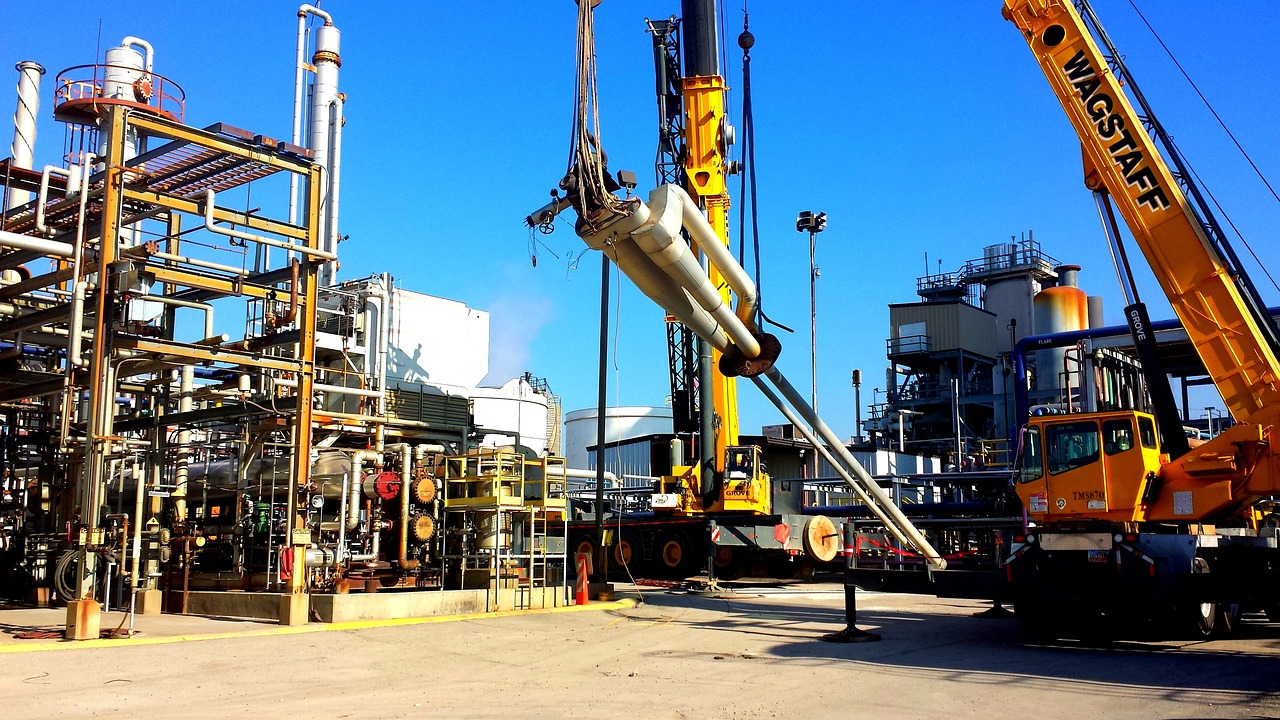Shale oil groups have been at the forefront of a new era of record-breaking profits in the oil industry. But with cost inflation hitting hard, can these record profits survive? In this blog post, we’ll take a look at the forces that are putting shale oil groups at risk and explore potential solutions for maintaining profitability. From exploration and production to higher costs and margin erosion, read on to find out if shale oil groups can keep their record profits afloat.
The oil industry is booming thanks to shale oil
The oil industry has been booming in recent years thanks to the discovery and extraction of shale oil. Shale oil is a type of crude oil that is found in sedimentary rock formations. It is typically less expensive to produce than traditional crude oil, which has made it a popular choice for oil companies.
However, there are some concerns that the cost of producing shale oil may begin to increase as more companies enter the market and competition for resources increases. Additionally, the process of hydraulic fracturing, or fracking, which is used to extract shale oil, can be costly and environmentally damaging.
Despite these risks, many experts believe that the benefits of shale oil will continue to outweigh the costs in the coming years. The development of new technologies and increased efficiency in production could help keep costs down, while the continued demand for oil around the world is expected to keep prices high.
But cost inflation is threatening profits
In recent years, the shale oil industry has boomed, thanks to advances in extraction technology and the availability of new reserves. This has led to record profits for many companies operating in the sector.
However, cost inflation is now starting to eat into these profits. Wages, equipment and other costs are all rising, while the price of oil has remained relatively static. This is putting pressure on margins and could eventually threaten the viability of the industry as a whole.
The solution to this problem will require some tough decisions from those in charge. Cutting costs will be difficult, but it may be necessary if the industry is to survive in the long term.
The different ways companies are responding to the challenge
As the cost of extracting oil from shale formations rises, oil companies are finding themselves under pressure to maintain their high profit margins. Some are responding by cutting costs elsewhere in their operations, while others are hedging their bets by investing in alternative energy sources.
The most obvious way that companies are trying to cut costs is by reducing the number of rigs they operate and the amount of drilling they do. This has already led to a slowdown in the growth of U.S. production, which is good news for prices. However, it’s not clear how long this can continue, as eventually there will be a limit to how much production can be cut without jeopardizing future growth.
Another way companies are trying to reduce costs is by using new technology to extract more oil from each well. This includes using longer and more complex drilling patterns, as well as hydraulic fracturing (fracking). While these methods can boost production in the short term, they also come with higher risks and could lead to even higher costs down the road if not managed properly.
Lastly, some companies are looking beyond just oil to hedge their bets against rising costs. This includes investing in renewable energy sources such as solar and wind power, as well as electric vehicles. While these may not be profitable investments yet, they could help offset some of the risks associated with relying too heavily on oil in the future.
What the future may hold for the industry
As oil prices have increased, so too has the cost of extracting shale oil. This has put pressure on profit margins for companies involved in the industry, and some are beginning to wonder if the current boom is sustainable.
There are a number of factors that could impact the future of the shale oil industry, including:
-The price of oil: If oil prices were to drop significantly, it would make extracting shale oil less profitable and could lead to a slowdown in production.
-Cost inflation: As costs associated with extracting shale oil continue to increase, it will eat into profits and make the industry less attractive for investors.
- Regulation: Shale oil extraction is currently unregulated in many areas, but this could change in the future as governments look to better control the environmental impact of the industry.
-Public opinion: There is growing public concern about the environmental impact of shale oil extraction, which could lead to more regulation or even a ban on the practice in some areas.
Conclusion
The shale oil industry is certainly at risk due to cost inflation and the current record profits cannot be expected to last in this uncertain market. However, by cutting costs and using technological advances, these companies can become more competitive and remain profitable. Moreover, with increased demand for energy products that are more sustainable, there may still be an opportunity for these companies to capitalize on the trend and achieve success in the future.











